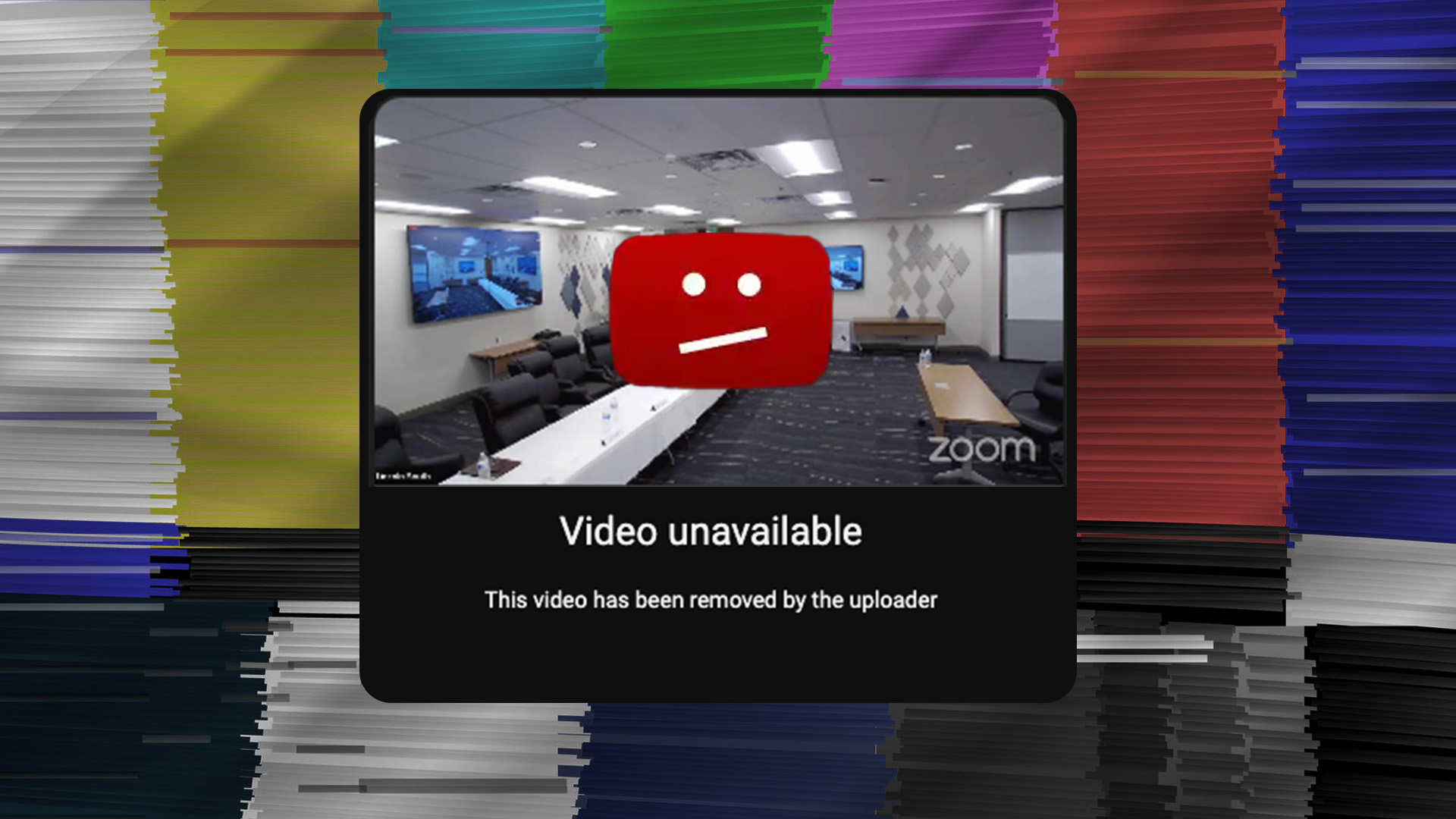Bill Description: House Bill 108 adds provisions requiring value-care arrangements to include certain minimum stop-loss thresholds.
Rating: +1
Analyst Note: For context, value-care arrangements are a new concept in Idaho, meant to save money in the state Medicaid program. In one of these, a primary care provider, known as value care organization, or VCO, cooperates with the state as it treats Medicaid patients. Idaho has used value-care arrangements for four years now.
VCOs get to select their risk level, which is their share of a patient's costs above the standard monthly payment they receive from the state. This risk level is between 25% and 80%, with the state picking up the remainder. As they accept more risk, VCOs can also keep more of the savings from instances where patient’s care costs less than the state’s monthly payment.
To promote efficiency instead of just cost consciousness, the savings a VCO gets to keep are also tied to how well they manage the health of their patients. Those that meet more of the state’s goals get a larger portion of the savings. In theory, this gives VCOs incentives to do things that improve the long-term health of Medicaid patients while also reducing costs to taxpayers.
Does it increase government spending (for objectionable purposes) or debt? Conversely, does it decrease government spending or debt?
House Bill 108 requires value-care agreements to include specific stop-loss thresholds every year. These thresholds are meant to control for outlier medical expenses incurred by patients who receive an unusually high level of care, with exceptional costs. Currently, this threshold is set at $100,000 of eligible costs for a patient in a given year. If that patient exceeds the threshold, the providers are “shielded” from additional costs above that amount (with some exceptions outlined in the agreement) by passing these costs onto the taxpayer.
The problem with the status quo is $100,000 is a low bar in the context of American health care prices. A patient who has a chronic condition, with its related health effects, could easily reach this threshold. A stop-loss threshold that is too low stunts the potential savings of the value-care arrangement. That is because VCOs are less incentivized to reduce costs once a patient reaches this value and they are no longer responsible for subsequent costs.
House Bill 108 directs value-based agreements to place more risk on VCOs by phasing-in a $1 million stop-loss threshold over three years. This bolsters incentives for VCOs to control costs — even for those with costly chronic conditions — by reducing the likelihood taxpayers will step in.
(+1)

